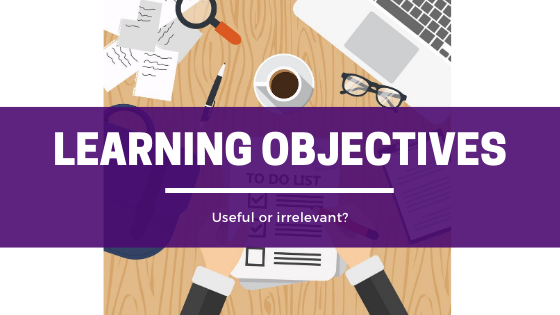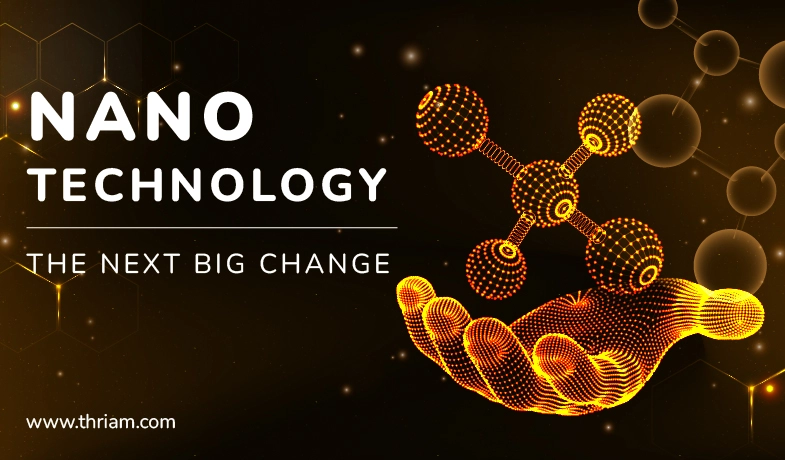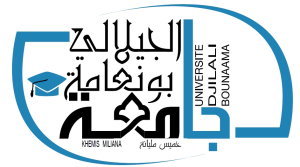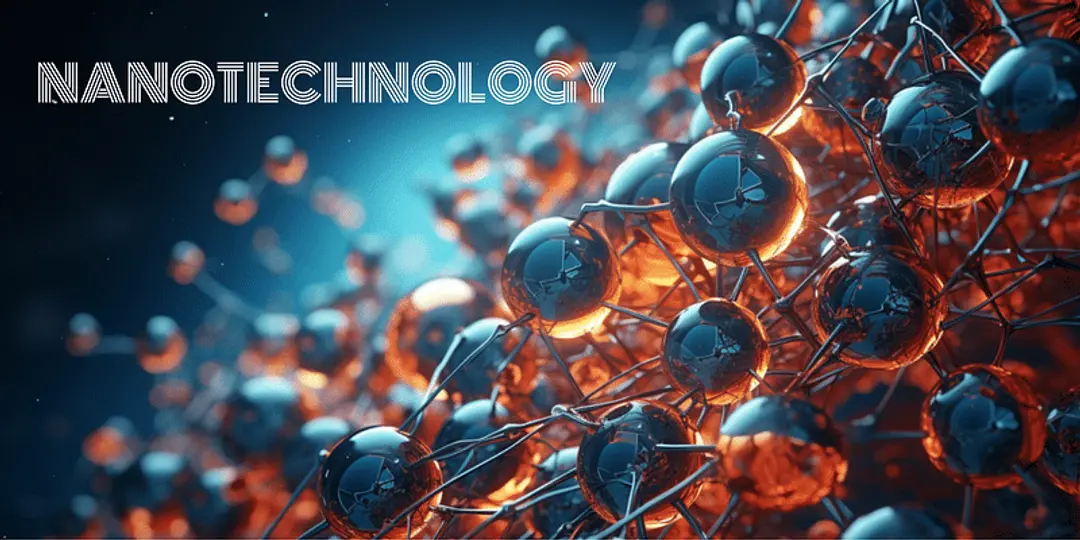English 03
Section outline
-
In unit 1, discovering cleaner energy sources to power the world, we will look at alternative energy sources.
Our language goals are summarizing main ideas in a text, and using modals for suggestions.
Our content goals are learning about the science behind renewable energy sources, such as wind, solar, and hydroelectric power.
Finally, in unit 2, what might the future hold? We look at both nanotechnology and the scientific community.
Our language goals are using modal verbs to discuss future probability, and how to cite sources in research.
Our content goals are understanding the role of nanotechnology in reducing climate change,
-
University: Djilali Bounaama Khemis Miliana
Faculty: SMI
Level: L2 CHEMISTRY
Module: ENGLISH 1
Semester: 01
Lecturer: Dr. Fizir Meriem.
specialty: Pharmaceutical Analysis
Diploma: Doctor in pharmaceutical analysis
Grade: MCA
Contact: You can contact me on meriem.fizir@univ-dbkm.dz from 6 a.m.
Assessment method: The final evaluation is carried out through a final exam.
To pass the module, the general average must be greater than or equal to 10 out of 20
-

Scientific English has TWO units.
Unit 1 discovering cleaner energy sources to power the world.
PART I: Going Green : The Rise of Renewable Energy
PART II: New Technologies Create New Solutions
Unit 2 what might the future hold?
PART I : The Development of Nanotechnology
PART II : Creating a Scientific Community
-
Welcome to Unit 1 of the English course! More and more governments and corporations are funding engineers to create and build new energy systems that can limit the effects of climate change. Many of these energy systems come from renewable energy sources, such as, wind, solar (sun), and hydroelectric (water) power. In this unit, you will explore the science behind these systems. You will also learn how to summarize the main ideas of readings and how to use modal verbs to make a suggestion.

-
ENGLISH 1 AND 2
-
By the end of this unit, you will:
- · Investigate different types of renewable energy and how they work
- · Summarize main ideas of a text
- · Use modal verbs to make a suggestion
- · Define and accurately use content-related vocabulary in course activities
- · Read, watch, and listen to a variety of texts and multimedia sources.

-

-
Opened: Monday, 11 November 2024, 12:00 AMDue: Tuesday, 18 November 2025, 12:00 AM
-

-
Opened: Saturday, 23 November 2024, 12:00 AMDue: Sunday, 30 November 2025, 12:00 AM
-
Welcome to Unit 02 of the English courses! In this unit, you will investigate practical advances in Nanotechnology that help slow down climate change. An example of this is turning light into heat. You will also learn how the scientific community works together to create new discoveries through expert interviews and readings. Lastly, you will develop your own research skills by learning how to choose good sources and cite them in your research.

-
By the end of this unit, you will:
· Demonstrate understanding of potential uses of Nanotechnology
· Choose good sources for research
· Understand importance of citing sources in own research
· Use future possibility and probability modals
· Read, watch, and listen to a variety of texts and multimedia sources.
· Demonstrate your understanding of these texts and key course ideas through comprehension check quizzes, a discussion board and a peer-reviewed assignment.
-
Herzog, A. V., Lipman, T. E., & Kammen, D. M. (2001). Renewable energy sources. Encyclopedia of life support systems (EOLSS). Forerunner Volume-‘Perspectives and overview of life support systems and sustainable development, 76.Panwar, N. L., Kaushik, S. C., & Kothari, S. (2011). Role of renewable energy sources in environmental protection: A review. Renewable and sustainable energy reviews, 15(3), 1513-1524.Bhushan, B. (2017). Introduction to nanotechnology. Springer handbook of nanotechnology, 1-19.Nasrollahzadeh, M., Sajadi, S. M., Sajjadi, M., & Issaabadi, Z. (2019). An introduction to nanotechnology. In Interface science and technology (Vol. 28, pp. 1-27). Elsevier.
Terhune, L. (2016, July 7). Saving Earth by Turning Co2 to Stone. (Ed. by Newsela staff). Retrieved from https://share.america.gov/saving-earth-by-turning-co2-to-stone/
Taylor, R. (2016, May 20). Profits form Eco Friendly Vertical Farming Stack Up. (Ed. by Newsela staff). Retrieved from http://www.voanews.com/a/profits-from-eco-friendly-vertical-farming-stack-up/3337900.html
Nanowerk News. (2016, January 8). Biofilter made from peanut shells degrades air pollutants. Retrieved from http://www.nanowerk.com/news2/green/newsid=42272.php
Nanowerk News. (2015, August 7). Major Advance in Artificial Photosynthesis Poses Win/Win for the Environment. Retrieved from http://newscenter.lbl.gov/2015/04/16/major-advance-in-artificial-photosynthesis/
Pasricha, Anjana. (2016, August 26). Indian Scientists Design Solar Tree to Save Space for Solar Power Generation. (Ed. Newsela staff). Retrieved from http://www.voanews.com/a/indian-scientists-design-solar-tree-to-save-space-for-solar-power-generation/3481641.html
Terhune, L. (2016, Nov 17). Salting away renewable energy for future use. (Ed. Newsela staff). Retrieved from https://share.america.gov/salting-away-renewable-energy-for-future-use/



